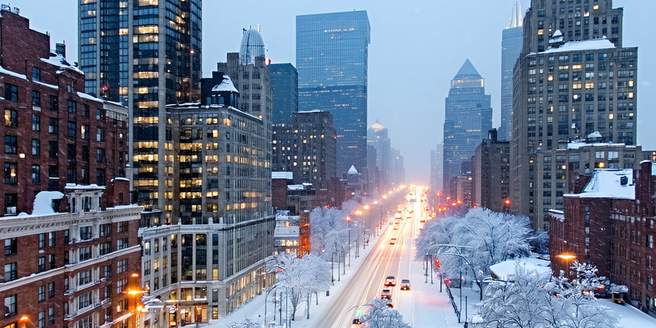
Introduction to Polar Vortex Phenomena
The polar vortex is a large area of low pressure and cold air surrounding both of the Earth’s poles. It becomes particularly significant when it moves southward, affecting temperate regions. A polar vortex can lead to severe weather conditions, including extreme cold spells and heavy snowfall in urban areas. Understanding its dynamics is crucial as these events can disrupt daily life, impact transportation, and increase energy demands. Research indicates that climate change might be altering polar vortex patterns, potentially leading to more frequent and intense events. Urban planning and infrastructure need careful consideration to mitigate the adverse effects of these phenomena and protect vulnerable populations from its harsh impacts.
Impact of Extreme Cold on Urban Populations
Extreme cold events associated with polar vortex incursions can significantly affect urban populations. Cities, known for their dense population and infrastructure, face unique challenges during such cold spells. Public transportation can be severely disrupted, making commuting difficult. Increased energy demands can strain power grids, leading to outages. Homeless populations are especially vulnerable, requiring urgent support and shelter. Health issues can surge, with frostbite, hypothermia, and other cold-related illnesses becoming more common. Ensuring adequate emergency services and preparedness plans are essential to manage the fallout from such extreme weather, safeguarding urban populations from these harsh climatic conditions.
Challenges for Public Health Infrastructure
The arrival of a polar vortex poses significant challenges for public health infrastructure in urban areas. Healthcare facilities can be overwhelmed with patients experiencing cold-related illnesses, including frostbite and hypothermia. Public health services must be prepared to respond to increased emergencies while dealing with potential staff shortages caused by transportation issues. The coordination between different agencies and organizations can significantly impact the efficiency of the response. Ensuring reliable communication channels and resource distribution becomes critical. Effective planning, such as pre-emptive measures to protect the most vulnerable populations, adequate heating provisions, and contingency plans for medical facilities are essential to maintain public health standards during these extreme weather events.
Respiratory and Cardiovascular Concerns
Extreme cold within urban centers due to polar vortex events can exacerbate respiratory and cardiovascular issues. Cold air is inherently drier, leading to respiratory tract discomfort and increasing susceptibility to infections. The vulnerable, including the elderly and those with pre-existing health conditions, face heightened risks. Cardiovascular strain is also a concern as the body works harder to maintain core temperature, potentially triggering heart attacks in susceptible individuals. Public health advisories and monitoring are critical in mitigating such risks. Awareness and preparedness can assist individuals in protecting themselves against the adverse health effects associated with severe cold spells.
Mental Health Implications During Cold Spells
Prolonged exposure to the extreme cold brought on by a polar vortex can adversely affect mental health in urban populations. Reduced sunlight, social isolation due to travel disruptions, and increased stress from coping with extreme weather contribute to anxiety and depression. Vulnerable groups, including those already experiencing mental health issues, may see their conditions worsen. Establishing community support systems and mental health services during these times is crucial. Public health messaging should emphasize resources and strategies that individuals can adopt to maintain mental well-being during prolonged cold spells, ensuring a holistic approach to health during such challenging events.
Strategies for Mitigating Health Risks in Cities
To mitigate health risks during polar vortex events, urban centers must adopt comprehensive strategies. Developing robust emergency response plans is paramount; this includes ensuring heated shelters are available for the homeless and distributing resources efficiently. Public awareness campaigns can educate citizens on how to stay safe and conserve energy during these cold spells. Infrastructure should be evaluated and enhanced to withstand extreme conditions, ensuring transportation and energy networks remain operational. Collaborative efforts between government agencies, healthcare providers, and community organizations are vital for implementing effective measures to protect urban populations from the adverse effects of extreme cold events.
